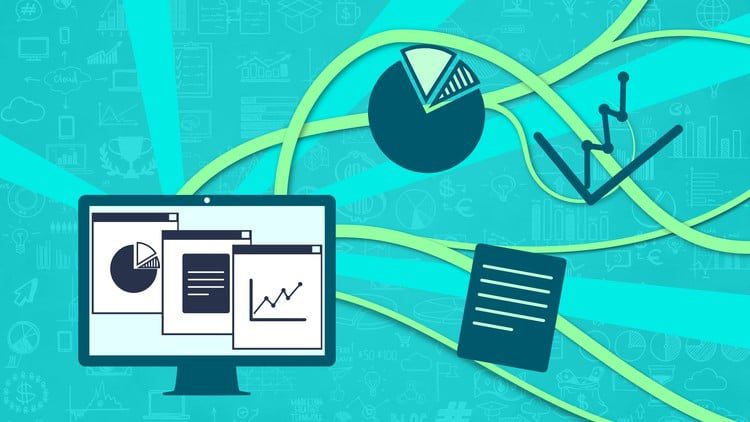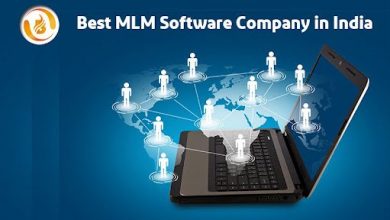The Power of Data-Driven Marketing in Tech

If there’s one thing tech companies understand better than anyone, it’s data. Yet ironically, when it comes to marketing, many still rely on gut feeling or what “seems to work.” The truth is, data-driven marketing isn’t just a buzzword—it’s the secret sauce that separates the tech brands who grow fast from those who fizzle out in the noise.
Let’s break down why data is your most powerful marketing asset, how to use it smartly, and what strategies are reshaping the digital marketing playbook for tech companies today.
Why Data Is the New Marketing Currency
Think of your marketing data as a map—it shows you where your audience comes from, what they care about, and how close they are to buying. Without it, you’re basically wandering blind in a competitive field.
For tech companies, this is especially crucial. Buyers in the tech space are more informed and skeptical than ever. They research, compare, and test before making decisions. Data helps you understand their journey—so you can show up with the right message at the right time.
Whether you’re promoting a SaaS product or an enterprise solution, data tells you things like:
- Which campaigns bring in the most qualified leads
- What content formats (blogs, videos, webinars) keep people engaged
- How pricing pages, demos, or trials convert
- Where customers drop off—and why
Once you know this, you stop wasting money on guesswork and start investing in what actually moves the needle.
Using Data to Fuel Every Stage of the Funnel
- Awareness: Finding Your Audience
At the top of the funnel, you’re trying to get noticed. Instead of blasting ads everywhere, use analytics to pinpoint who is most likely to care.
Tools like Google Analytics and HubSpot can help you track audience demographics, behavior, and referral sources. Maybe your biggest traffic comes from developer forums or product comparison sites. That’s your cue to focus efforts there.
- Consideration: Building Trust
In the tech world, trust is everything. Use data from your CRM and content platforms to see which resources your leads engage with most. Are they reading whitepapers? Watching demo videos? That insight helps you double down on what builds credibility.
A/B testing is gold here—try different headlines, visuals, or CTAs and measure what converts best. Over time, your content evolves based on what your audience tells you (through their clicks, time on page, and conversions), not what you think looks cool.
- Conversion: Turning Interest into Action
Once a prospect is close to buying, data helps fine-tune the final nudge. Analyze which email sequences or retargeting ads lead to signups or demo requests. Look for bottlenecks—maybe your trial signup page loads too slowly, or your checkout form is clunky.
Every optimization, no matter how small, adds up to a smoother customer journey.
Predictive Insights: Marketing’s Crystal Ball
AI and machine learning tools are now making it possible to predict what customers might do next. They analyze behavior patterns—like how long someone spends reading pricing pages or which features they research—and forecast purchase intent.
This lets marketers move from reactive to proactive. Instead of waiting for leads to raise their hand, you can anticipate their needs and tailor your outreach accordingly.
For instance, predictive models can help determine which leads deserve immediate attention from your sales team versus those who need more nurturing. This ensures your resources go to the highest-value prospects.
Automation: Your Silent Marketing Partner
Automation isn’t just about saving time—it’s about consistency and personalization at scale. With the right systems in place, you can automatically send personalized emails, update lead scores, or trigger retargeting campaigns when certain behaviors occur.
Imagine this: a user downloads your product whitepaper. Your CRM automatically tags them as interested in “enterprise solutions,” then sends a follow-up email offering a product demo. No manual work needed—and it feels personalized.
The best part? All this activity generates more data, feeding back into your system to refine future campaigns.
A Quick Word on Account-Based Marketing (ABM)
When it comes to data-driven strategy, abm for tech companies is a natural fit. Tech sales cycles are long, and purchases often involve multiple decision-makers. ABM flips the traditional funnel—it starts with identifying high-value accounts and then tailors marketing and sales outreach specifically to them.
By combining data from CRM systems, LinkedIn insights, and firmographic details, tech marketers can craft personalized campaigns that speak directly to each company’s challenges. Think of it as marketing with a sniper rifle instead of a shotgun.
The Data-Driven Culture Shift
For data-driven marketing to truly work, everyone in your organization—from marketing to product to customer success—needs to value data as a decision-making tool, not an afterthought.
Encourage your team to experiment, test, and iterate based on metrics, not opinions. Set KPIs that matter (like customer acquisition cost or lifetime value) and make them visible across teams. When everyone understands the “why” behind the numbers, strategy becomes a shared language.
Wrapping Up
The future of tech marketing isn’t about shouting louder—it’s about listening smarter. Data-driven strategies help you understand your audience on a granular level, optimize your efforts in real time, and make every dollar work harder.
By blending analytics, automation, and predictive insights, you turn your marketing from a guessing game into a precision engine.
So don’t just collect data—use it. Because in the fast-moving tech world, the companies that master data-driven marketing today will be the ones leading the conversation tomorrow.





